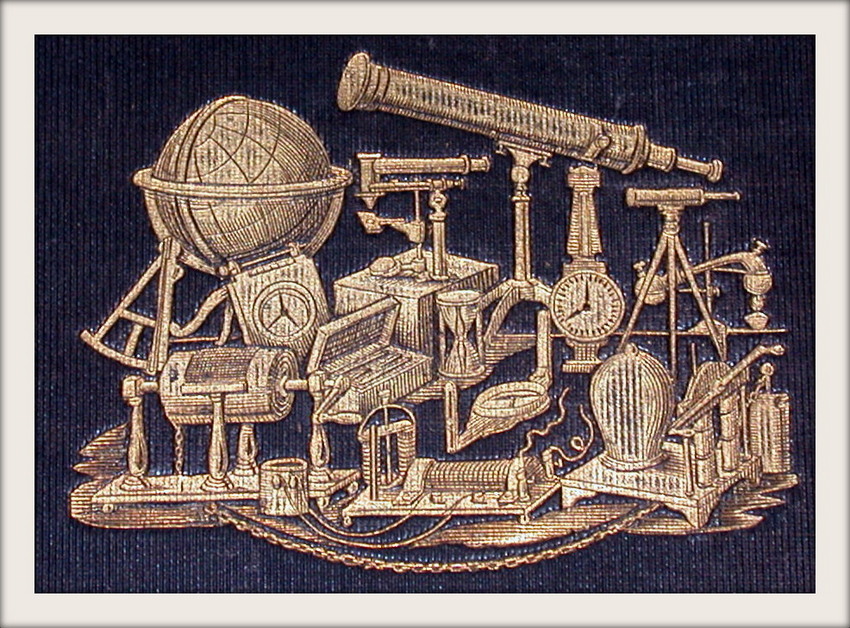first edition
1941 · New York, N.Y.
by Hill, Eleanor
New York, N.Y.: Self-published, 1941. First Edition. Near Fine. First Edition. One sheet of 15 x 10 inch glossy bristol board. Black ink on white paper. Embossed stamp of “Strathmore Patent Office" upper left corner. The assigned patent application serial number was 100,090 and it was received by the US Patent Office (USPTO) on April 2, 1941. The patent was issued on May 6, 1941, and given design patent number 127,069 with a term of 3 1/2 years.
This original patent artwork has notations written in the margins by (presumably) patent office examiners. It also has inked tamps on the back indicating when the Mail Division and the Draftsman at the US Patent Office received and/or processed the application art.
This patent design is for a dress, by designer/inventor Eleanor Hill.
We have included a printout of the issued patent for reference. Each of these hand-drawn patent drawings are unique. Few patent drawings ever appear for sale - it most often the printed patents, when issued, that have a printed version of these drawings and they appear in the market. With only the inventor, attorney, and USPTO the likely recipients, few were made, and after expiring many were discarded.
DESIGN PATENTS: what they are, how long they last, and records management
Design patents "protect the way an article looks." Historically important, they verify new design innovations, document changing cultural tastes, and establish valuable competitive business advantages. New patents preserve for the stated term the inventor's sole ownership and use of the design. The US Patent Office (USPTO) calls “the drawing disclosure ... the most important element of the application...As the drawing or photograph constitutes the entire visual disclosure of the claim, it is of utmost importance that the drawing or photograph be clear and complete, that nothing regarding the design sought to be patented is left to conjecture”
To obtain a Design patent, inventors submit an original black pen and ink drawing and a description of the innovation to the USPTO (typically with the assistance of a patent lawyer familiar with the process). The USPTO assigns the new application a "serial number" and "application date." USPTO patent examiners then vet the application to ensure it is unique and not already protected, often with additional communication between the USPTO, the inventor, and their legal representation. This process can take months if not years.
Only if determined to be a new invention will the USPTO issue the inventor a Design Patent number and patent date.
During the active term of the design patent, the USPTO retains the inventor's application and drawings for use in patent dispute cases and other inquiries.
After the patent expires, the USPTO may discard or return the materials if no longer relevant to their core mission.
Today, most issued patents are digitized for preservation.
Older paper records and patent models have been periodically discarded by the USPTO most often with little fanfare - often to address space or fiscal management issues. (Inventory #: 29446)
This original patent artwork has notations written in the margins by (presumably) patent office examiners. It also has inked tamps on the back indicating when the Mail Division and the Draftsman at the US Patent Office received and/or processed the application art.
This patent design is for a dress, by designer/inventor Eleanor Hill.
We have included a printout of the issued patent for reference. Each of these hand-drawn patent drawings are unique. Few patent drawings ever appear for sale - it most often the printed patents, when issued, that have a printed version of these drawings and they appear in the market. With only the inventor, attorney, and USPTO the likely recipients, few were made, and after expiring many were discarded.
DESIGN PATENTS: what they are, how long they last, and records management
Design patents "protect the way an article looks." Historically important, they verify new design innovations, document changing cultural tastes, and establish valuable competitive business advantages. New patents preserve for the stated term the inventor's sole ownership and use of the design. The US Patent Office (USPTO) calls “the drawing disclosure ... the most important element of the application...As the drawing or photograph constitutes the entire visual disclosure of the claim, it is of utmost importance that the drawing or photograph be clear and complete, that nothing regarding the design sought to be patented is left to conjecture”
To obtain a Design patent, inventors submit an original black pen and ink drawing and a description of the innovation to the USPTO (typically with the assistance of a patent lawyer familiar with the process). The USPTO assigns the new application a "serial number" and "application date." USPTO patent examiners then vet the application to ensure it is unique and not already protected, often with additional communication between the USPTO, the inventor, and their legal representation. This process can take months if not years.
Only if determined to be a new invention will the USPTO issue the inventor a Design Patent number and patent date.
During the active term of the design patent, the USPTO retains the inventor's application and drawings for use in patent dispute cases and other inquiries.
After the patent expires, the USPTO may discard or return the materials if no longer relevant to their core mission.
Today, most issued patents are digitized for preservation.
Older paper records and patent models have been periodically discarded by the USPTO most often with little fanfare - often to address space or fiscal management issues. (Inventory #: 29446)





